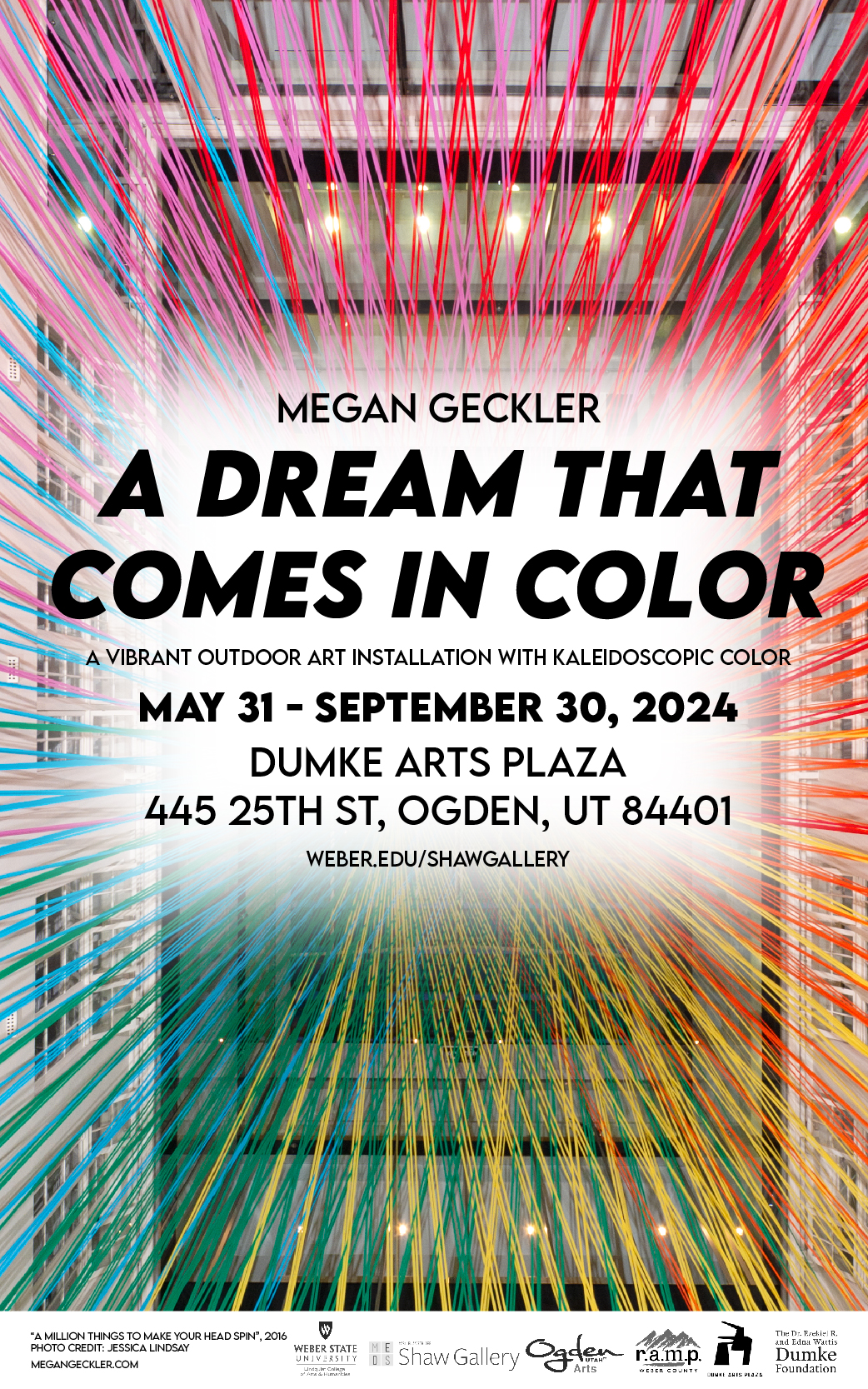Composition (and design) has been — with the possible exception of color — the topic of more theories than any other aspect of painting. It has been studied, discussed, written about, theorized, pontificated on, and generally beaten to death for centuries by artists, art historians, critics and experts of all varieties. Unfortunately and understandably, a lot of what has been said has been confusing and sometimes even contradictory. The reason for this is plain: humans are involved!
Much of what we hear about composition results from opinions based on conventions that people have come up with over the centuries. One thing to remember about these conventions is, what looks “right” in one era, or culture might not in another. Opinions operate in much the same way, what looks right to one person doesn’t always look right to another. The bottom line is there are few hard and fast rules; just principles that help us create balanced compositions based on certain norms. These norms are derived from a certain way of seeing; in this case, the collective artistic understanding of Western Civilization, coupled with the ideas of countless individuals.
Not to worry though, much of the information out there is solid, culled from years and years of trial and error in the field of design; it’s just that so much of what has been said has been presented in such cryptic rhetoric that artists have been forced to search far and wide to glean information pertinent to what they do. The serious artist has to push past all the fluff in order to distill what is most useful in their work.
 |
My advice to those reading is not to be discouraged. The key to making sense of all this varied information is to reduce it to its least common denominator, so to speak, and putting the information to good use. If you are tired of all the theories and feel generally confused about composition and design, perhaps I can offer some suggestions that can serve as a springboard to better understanding. I would like to suggest several activities that will help the reader on the road to a better understanding of the subject.
1- Go to museums and look at good art; take notes and make sketches of the paintings you study.
2- Read everything you can get your hands on that has to do with composition; compare these different articles and books to find common threads that run through each.
3- Make a collection of paintings in magazines and study the ones you like regularly; sliding these into clear plastic page protectors and going over them with a wet erase marker, to diagram the compositional properties of each, is very helpful.
4- Read good books on the subject. I have found The Golden Ratio by Mario Livo, Composition in Art by Henry Rankin Poore, Composition of Outdoor Paintingby Edgar Payne all very helpful. I recently picked up another one — The Simple Secret to Better Paintingby Greg Albert — that offers a recipe for success called the “One Rule of Composition.” Albert’s book does a lot to cut through some of the mystery by simplifying the whole compositional process. It’s not the whole story, but it’s a great principle to sink your artistic teeth into. The one rule goes like this: “Never make any two intervals the same.” This also applies to the direction of angles and the relative sizes of each object or mass. The underlying principle is: making the various elements different proportions in the painting lends a visual excitement in the work, because the lack of visual predictability keeps things from being boring. Remember one thing, though: any rule of composition can become a rigid crutch that can squeeze the life out of your work. Use them as guiding suggestions, subject to artistic modification when done with wisdom.
5- Get critiques on your work by other experienced artists.
6- Draw, draw, draw and re-draw. I can’t say enough about this. Draw every day. Designing and re-designing, is the way to better compositions. Doing this is absolutely indispensible in the planning process for any large piece done in the studio; plein air is a little different in that you don’t have the luxury of time, but the same principles apply, only in modified form (the subject of a future article).
In closing, better compositions are a lifelong pursuit. I have shared some of my favorite books on the subject, if you have any that have impressed you, I would love to hear from you. My email is johnhughesstudio@yahoo.com. Until next time.
This article is one of a continuing series of Hints ‘n’ Tips articles about plein air and studio painting by Utah artist John Hughes. Hughes teaches landscape painting at Salt Lake Community College.

An award-winning artist and teacher who has been painting the landscape both in and out of the studio since 1983, John Hughes maintains a studio in Taylorsville and teaches students in private workshops and in a course at Salt Lake Community College.
Categories: Hints 'n' Tips | Visual Arts









